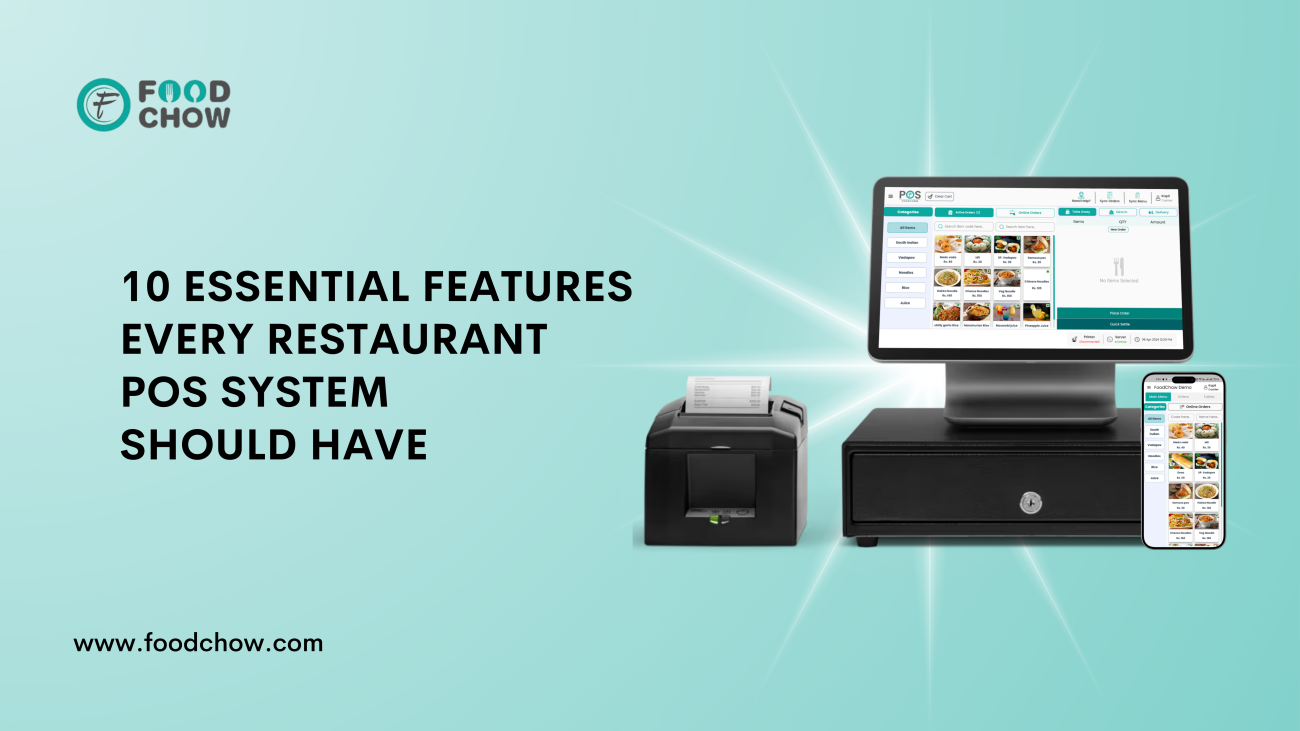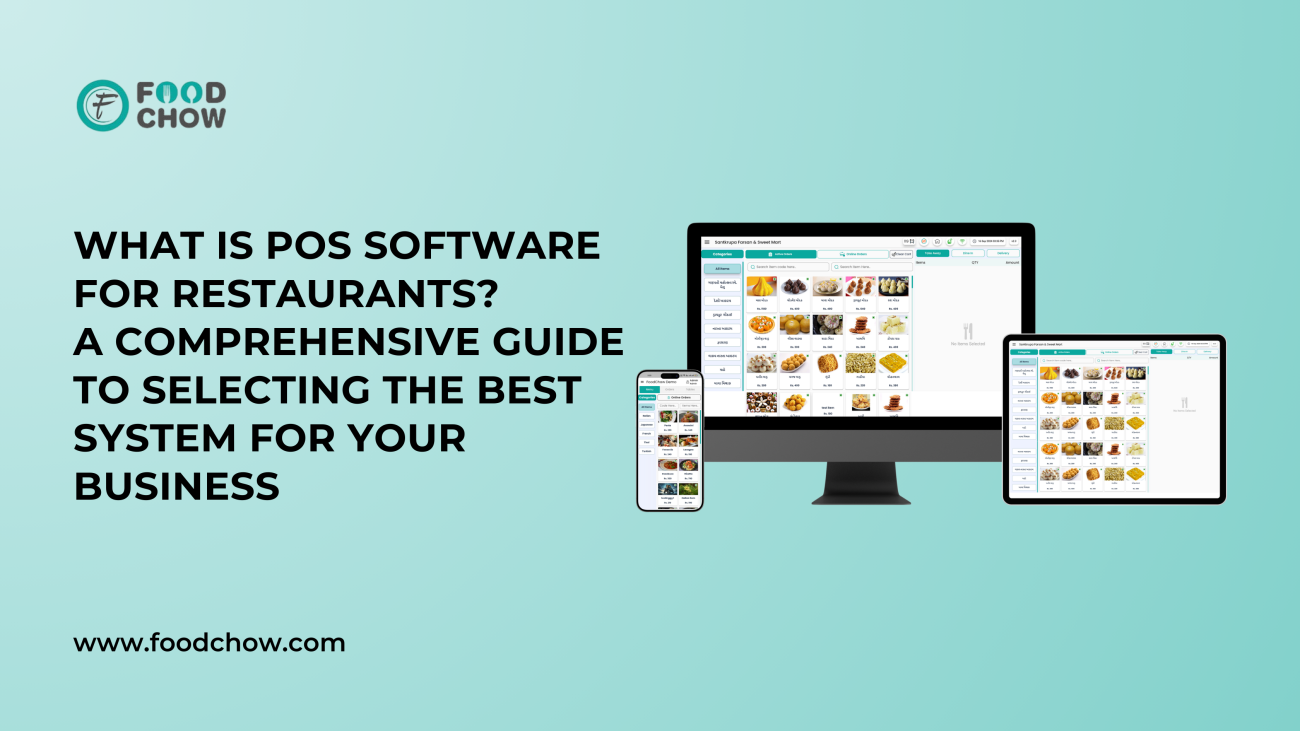10 Essential Features Every Restaurant POS System Should Have
Table of Contents
Share this article
IntroductionIn today’s fast-paced restaurant industry, a Point of Sale (POS) system is essential for more than just processing payments. It helps streamline operations, manage inventory, track sales, and enhance customer experiences—all in one system. The right POS can boost efficiency, reduce errors, and improve profitability. But with so many options available, how do you know which POS system is right for your restaurant? In this blog, we’ll explore the 10 essential features every restaurant POS system should have to optimize your business and keep customers coming back.1. User-Friendly InterfaceA user-friendly interface is vital to the success of your POS system. The simpler it is for your staff to use, the more efficiently they can serve customers, leading to improved service and fewer mistakes. Look for an intuitive POS system that requires minimal training and reduces the chances of errors. Why it's essential: Saves training time Increases employee productivity Reduces errors 2. Cloud-Based SystemA cloud-based POS system offers flexibility and scalability. You can access your data from any device, at any time, whether you're in your office or on the go. Cloud systems are secure, and updates happen automatically, reducing maintenance time and costs. Benefits of Cloud-Based POS: Real-time data access Automated updates Easy to scale and expand 3. Online Ordering & Kitchen Display System (KDS) IntegrationIncorporating online ordering and a Kitchen Display System (KDS) into your POS is crucial in today’s restaurant environment. These integrations ensure that online orders are automatically transmitted to the kitchen, minimizing errors and improving the speed of service. Key Features: Reduces manual input Faster order processing Error-free order transmission 4. Handle Dine-in, Takeaway & Delivery in the Same SystemYour POS system should seamlessly handle all types of orders, whether it's dine-in, takeaway, or delivery. Having a unified system that manages all orders helps prevent confusion and reduces manual entry, saving time for both your staff and customers. Advantages: Centralized order management Prevents mistakes and confusion Saves time for staff 5. Mobile POS CapabilitiesA mobile POS system lets your staff take orders and process payments directly at the table or around the restaurant. This improves efficiency by reducing the time customers spend waiting for their check and allows for more personalized service. Why It Matters: Increases table turnover Reduces wait time Enhances customer service 6. Inventory ManagementEffective inventory management is key to avoiding stock-outs or overstocking. A POS system with integrated inventory tracking ensures that your stock levels are always up-to-date, and you can quickly adjust orders as needed to avoid wastage. Key Features: Real-time inventory tracking Automatic stock updates Reduces food waste and overstocking 7. Table Reservation SystemA built-in table reservation system helps you manage guest bookings and optimize seating. This feature ensures that your restaurant runs smoothly during busy periods, and customers don’t have to wait for long. Benefits: Optimizes seating and reservations Reduces customer wait times Improves guest experience 8. Customizable MenusA customizable menu feature allows you to easily adjust your offerings, update prices, and introduce special promotions. Having a flexible menu system helps you adapt to changing customer preferences and seasonal trends. Why it’s Important: Quickly update menu items Showcase seasonal dishes Promote daily specials 9. POS System Available on Android, iOS, and WindowsFlexibility is key in a restaurant...


